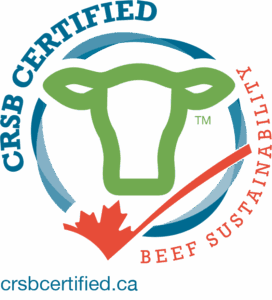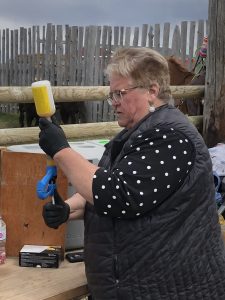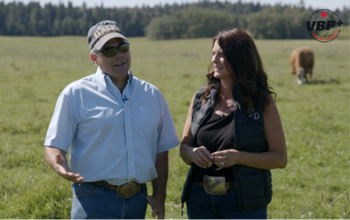Farmers and ranchers care deeply about raising healthy cattle, producing safe beef and protecting the land for the next generation. VBP+ was developed by producers, for producers, to help tell that story and demonstrate the great work being done on farms across the country. Consumers want to feel confident in where their food comes from. VBP+ helps bridge that connection, providing producers a way to show their commitment and pride in the standards they live by.

Alberta: up to $5,000 in funding
Saskatchewan: up to $15,000 in funding
Manitoba: $500
Ontario: 100 per cent rebate
New Brunswick
Access to Buyers Looking for Verified Practices
Data Support for Decision-Making
CRSB/Sustainable Beef Certification & Related Incentives

"This program means that we can take credit for what we’re doing or be ready if a market requires it."
Cecile Fleming, VBP+ Certified Producer

Reduced risk of:
Early detection of issues on-farm
Standard Procedures & Continuous Improvements

“There’s so many moving parts to our operation with employees so when you have that checklist, it’s very simple. Our employees have bought into it, but they understand the value that we see in it, too. For anybody getting involved in it, it’s a no brainer, it’s actually pretty easy.”
Danny Skeels, Anchor D Simmentals and Charolais, Certified Producer.
Updated November 2025